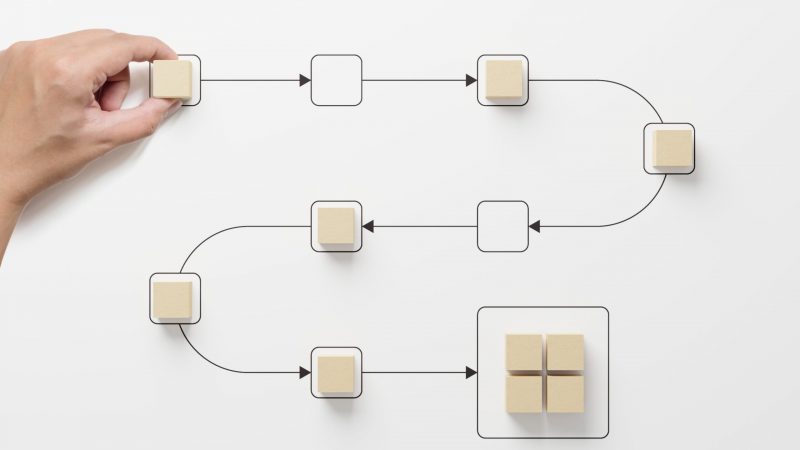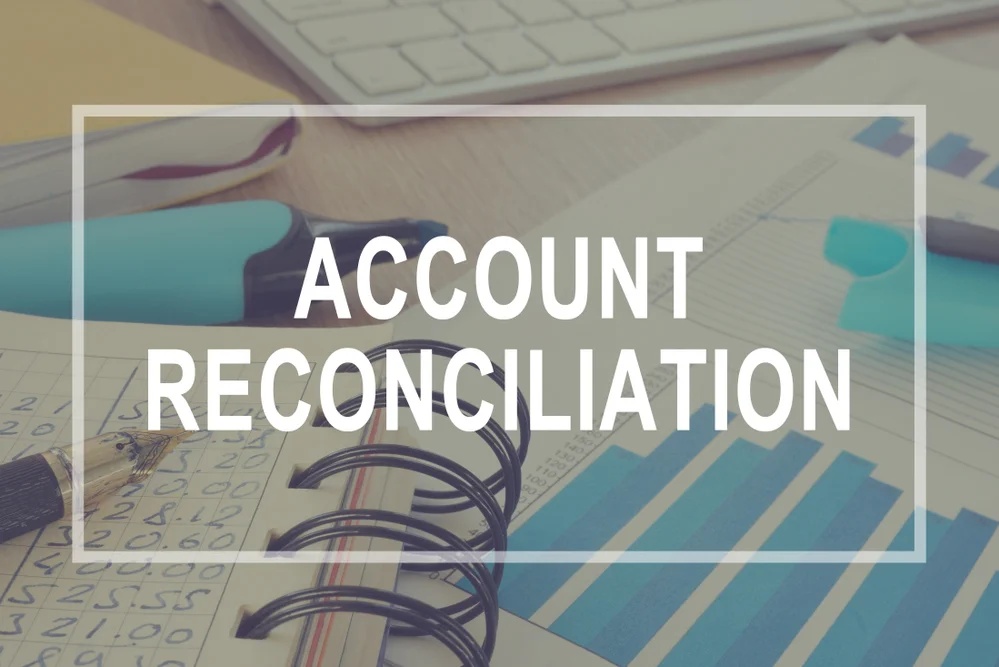Reconciling accounts can be a difficult and stressful process, taking up a lot of time and often leading to unexpected issues. However, it doesn’t have to be that stressful or time consuming.
By using the appropriate tools, methods, and working together as a team, you can automate the account reconciliation process and improve collaboration within your finance team. In this blog, we’ll provide you with some practical solutions to overcome the most common challenges faced by companies during reconciliation periods.
1) Time consuming and Manual
Companies have a lot of data to handle and this amount only grows bigger. While it’s a lot of work no matter what size company is involved, the real problem is when finance teams have to pull data from many different sources.
The collection process becomes tedious and time consuming, as finance teams need to pull data from the General Ledger (GL) as well as sub-ledgers such as accounts receivable, accounts payable, and fixed assets across separate systems and spreadsheets.
2) Error-prone
The effect of manual account reconciliation processes is that they are prone to errors, such as data entry mistakes or transposition errors, which can lead to inaccurate account balances and financial reports. These errors can be difficult to detect and correct, leading to potential compliance and financial reporting issues.
Mistakes are always frustrating especially when they lead to…
3) Missed Deadlines
A single missed deadline in your account reconciliation process can create blockages and impede the progress of your other employees. Unfortunately, this is not a rare occurrence, as enterprises typically face multiple missed deadlines simultaneously, which inevitably leads to disappointment and setbacks in completing the process.
Furthermore, these delays have a rippling effect on other tasks that rely on having up-to-date information, such as creating forecasts and tracking the performance of your business and altogether creates a bottleneck of backed up finance tasks.
4) Lack of standardization and varied truths
Account reconciliation processes can vary significantly between organizations and even between departments within the same organization. This lack of standardization can make it difficult to compare accounts and ensure consistency in the reconciliation process.
Furthermore, when teams work separately from each other, they might have different opinions about your company’s finances and data at any given moment. When people make decisions based on different information, it can be dangerous for your business’s financial health.
Working in silos also makes it hard to collaborate and share ideas between different finance teams and other departments in your company.
The Solution: Cloud based Account Reconciliation Tools and One source of Truth
Using software tools meant for finance and FP&A will help solve most of the common problems mentioned above. While different tools will be better for different organizations, let’s break down the steps involved in solving these common difficulties in account reconciliation.
- Automate the process- As explained above, utilizing software or tools that can automate the account reconciliation process, will reduce the time and effort required to match transactions from different sources. Automation also reduces the likelihood of errors, and frees up staff to focus on more complex tasks.
- Standardize the process- Establish standardized procedures for reconciling accounts, and communicate these procedures to all relevant stakeholders. This helps ensure consistency and reduces the potential for errors.
- Improve communication and collaboration- Implement tools or software that enable effective communication and collaboration between different departments, such as accounting and operations. This can help streamline the reconciliation process, reducing delays and errors.
- Implement strong internal controls- Establish strong internal controls around the account reconciliation process, including regular reviews and monitoring of account reconciliations. This helps identify and correct errors or discrepancies early on, reducing the risk of compliance and financial reporting issues.
- Utilize data analytics- Use data analytics tools to analyze and identify potential issues in the reconciliation process. This can help organizations identify trends or patterns that may indicate errors or inefficiencies, and take proactive steps to address these issues.
A common thread runs through the challenges faced during account reconciliation, which is the importance of having cloud-based solutions that are automated. With more remote and hybrid work environments, having access to cloud-based tools has become essential for success, rather than just a luxury.
As we have seen from the various challenges and solutions discussed, finance teams can greatly benefit from automating the data consolidation process during account reconciliation. This frees up time for finance professionals to focus on analyzing exceptions and providing valuable insights, instead of being bogged down by administrative tasks. Ultimately, this leads to increased flexibility and improved decision-making capabilities.



